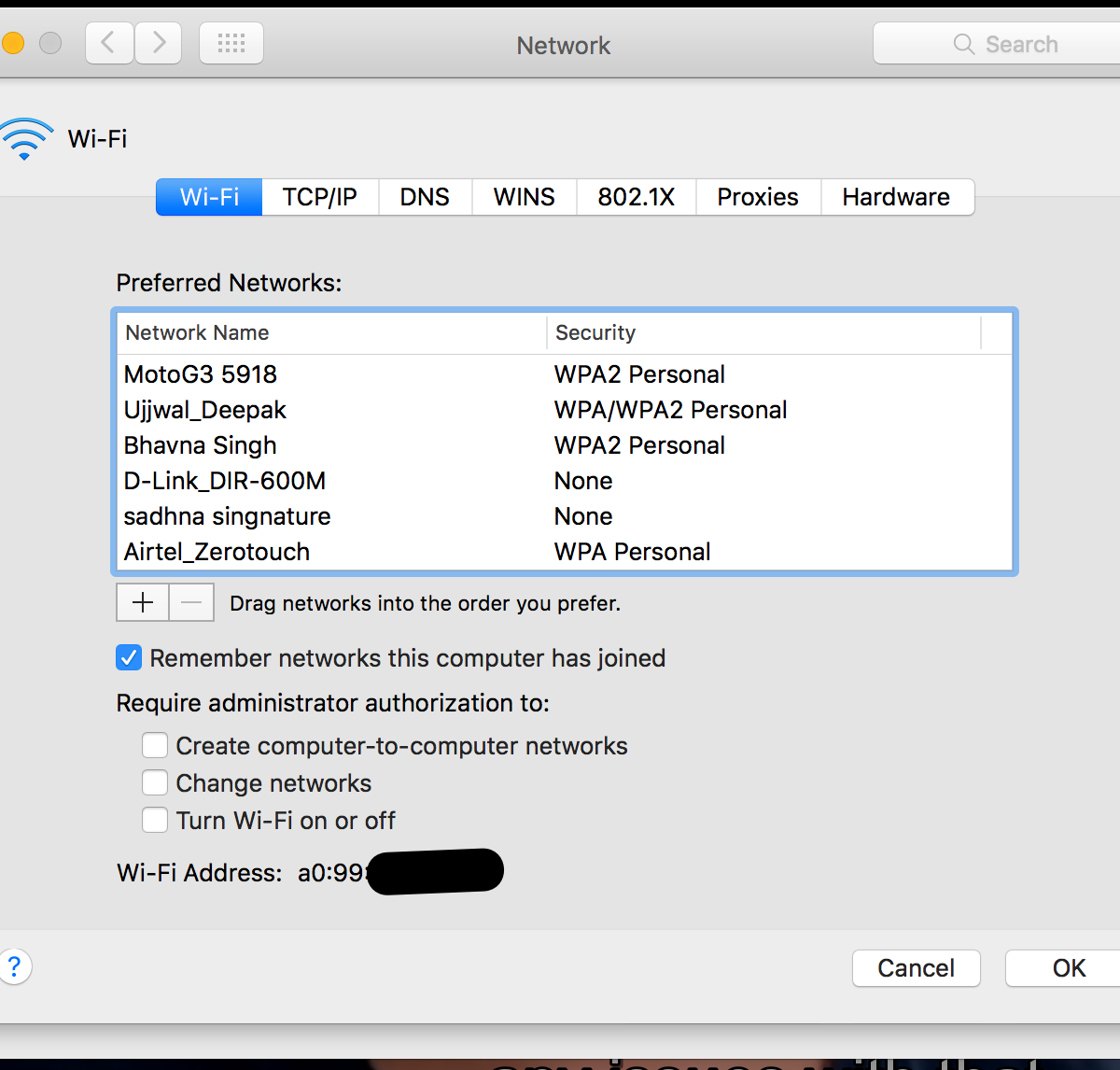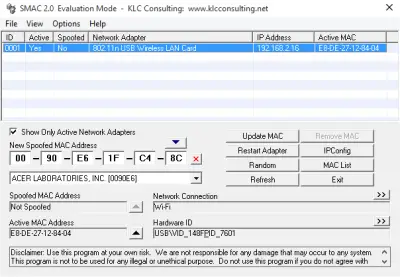
#PC MAC ADDRESS EMULATOR MAC#

Where did that occur? It occurred at the Router Every time that the PDU was sent between the 10 network and the 172 network, there was a point where the MAC addresses suddenly changed.Did the switches ever replicate a PDU that was rejected with a red “X”? No.Was there a pattern to the MAC addressing in the simulation? No.Why would the MAC addresses appear in this order? A switch can begin forwarding a frame to a known MAC address more quickly if the destination is listed first.When examining the PDU Details tab, which MAC address appeared first, the source or the destination? Destination.Did the Hub or Access Point ever replicate a PDU that was rejected with a red “X”? Yes.What was the highest OSI layer that the Hub and Access Point used? Layer 1.Was any MAC or IP address lost during the wireless transfer? No.Did the wireless Access Point do anything with the information given to it? Yes.What does the Hub do with MAC addresses and IP addresses? Nothing.Did the Hub lose any of the information given to it? No.Did the wires change the handling of the PDU in any way? No.Were there different types of wires used to connect devices? Yes, copper and fiber.Repeat the process in Step 1 and gather the information for the following tests:Īnswer the following questions regarding the captured data: Step 2 Gather additional PDU information from other pings. Record the PDU information you gathered into a spreadsheet using a format like the table shown below: Repeat this process until the PDU reaches its destination. Gather the same information from Step 1d. Click Capture / Forward to move the PDU to the next device.Destination MAC Address: 00D0:BA8E:741A.Click the PDU and note the following information from the Outbound PDU Layer tab:.Switch to simulation mode and repeat the ping 10.10.10.3 command.Click 172.16.31.2 and open the Command Prompt.Step 1: Gather PDU information as a packet travels from 172.16.31.2 to 10.10.10.3. It will give you an idea of the types of information you will need to gather. Note: Review the Reflection Questions in Part 2 before proceeding with Part 1.
#PC MAC ADDRESS EMULATOR SERIES#
You will gather PDU information in simulation mode and answer a series of questions about the data you collect. This activity is optimized for viewing PDUs. Topologyĥ.3.1.3 Packet Tracer – Identify MAC and IP Addresses Objectives Optional activities are designed to enhance understanding and/or to provide additional practice. Packet Tracer – Identify MAC and IP Addresses ( Answer Version – Optional Packet Tracer)Īnswer Note: Red font color or gray highlights indicate text that appears in the Answer copy only. Version 5.02ĥ.3.1.3 Packet Tracer – Identify MAC and IP Addressesĥ.3.2.8 Packet Tracer – Examine the ARP Table After you review all questions, You should practice with our online test system by go to "Online Test" link below. Each version have 1 to 10 different questions or more.

While you take online test with, You may get random questions from all version. We recommend you to go thought all version if you are not clear. What is your version? It depends on your instructor creating your class. The latest version is version 6.0 in 2018.

From year to year, Cisco has updated many versions with difference questions.


 0 kommentar(er)
0 kommentar(er)
